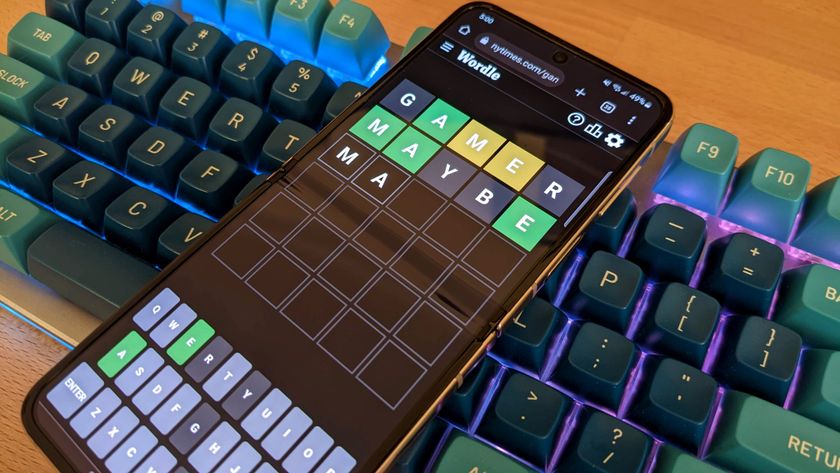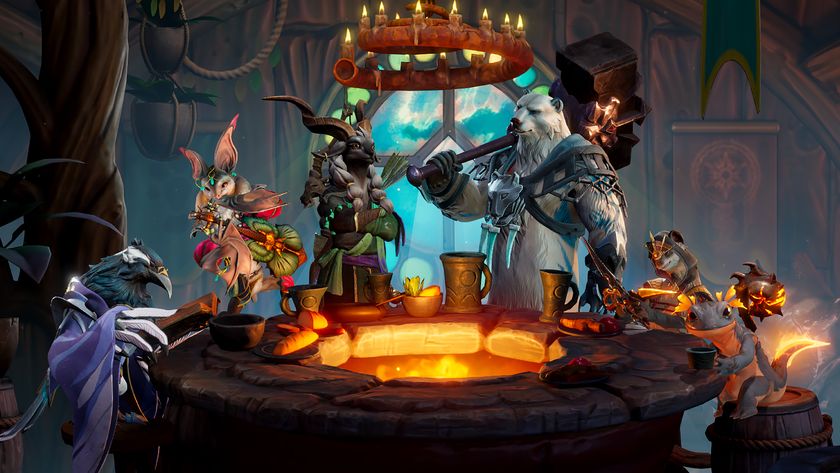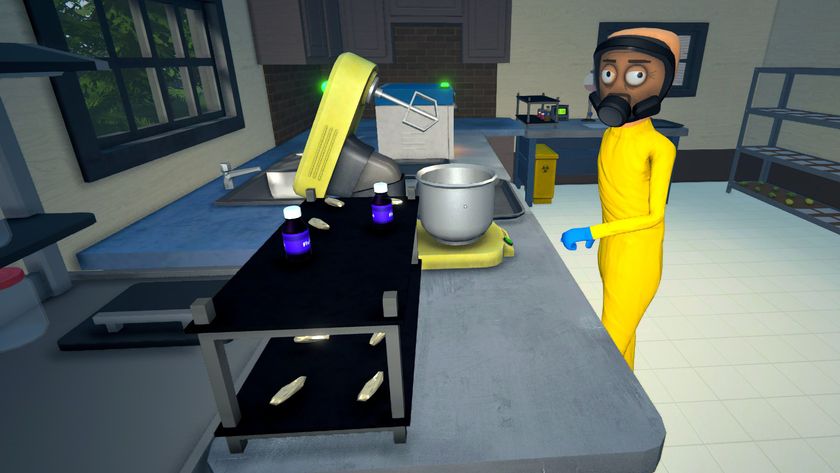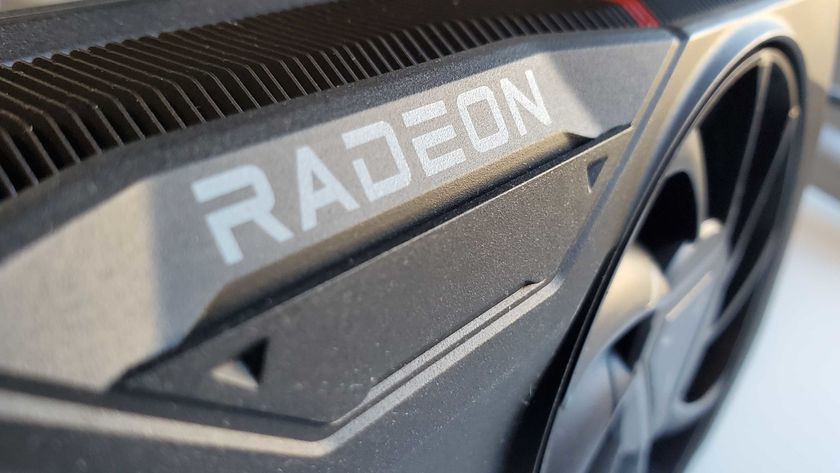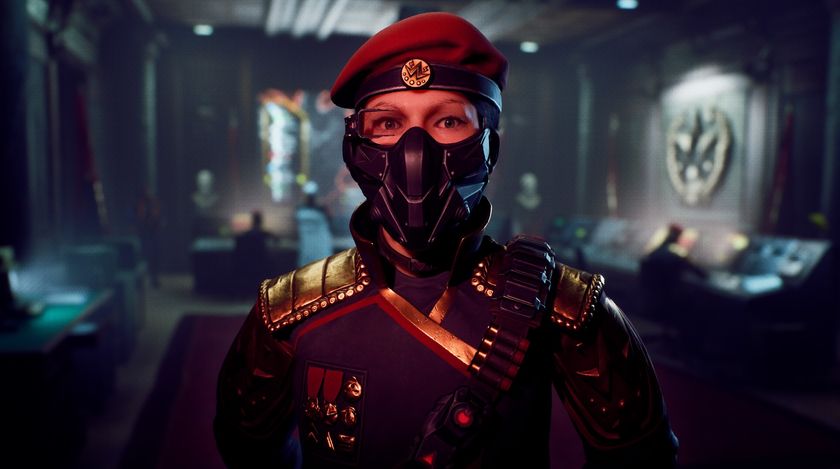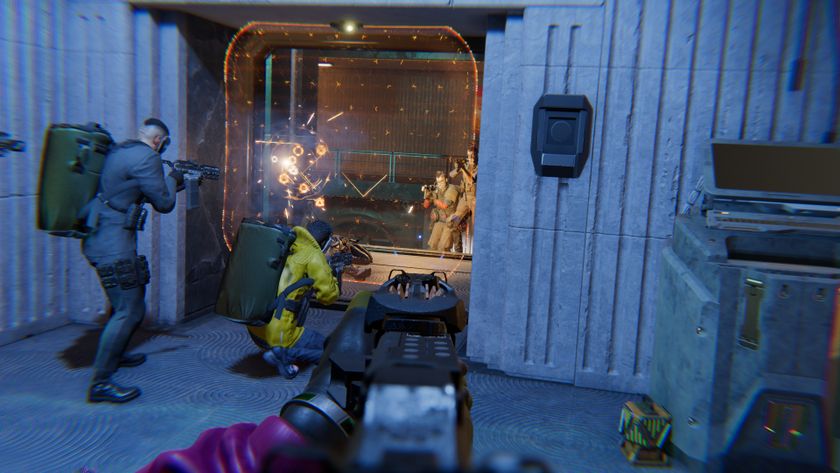The Broadwell-E Review
Four new CPUs for enthusiasts, but not so much for gaming.
Overclocked CPU gaming performance
Overclocking improved non-gaming performance by roughly 20 percent with many of the processors, but what about gaming? Not to put to fine a point on it, but don't expect similar gains, at least not without more than a single graphics card. (Dual GTX 1080 would move more of the bottleneck back to the CPU, though I'd have to restart all of the gaming tests—a project for another time, perhaps.)
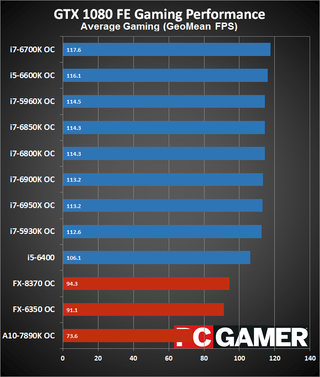
With overclocked CPUs, we're still seeing a lot of clustering in performance. On average, the Intel chips improve by 2-3 percent, which is hardly worth worrying about, and the 6700K only goes up by one percent. AMD's A10 APU sees a small two percent bump as well, which is a bit odd as it should be CPU limited. The FX-8370 at least gains six percent, but the 'big' winner is the FX-6350, which improves its gaming performance by nearly ten percent.
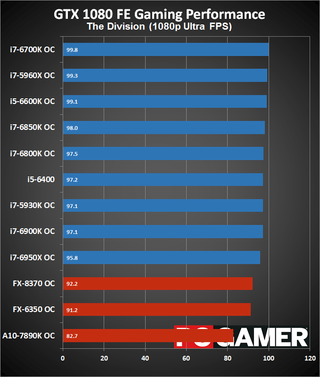
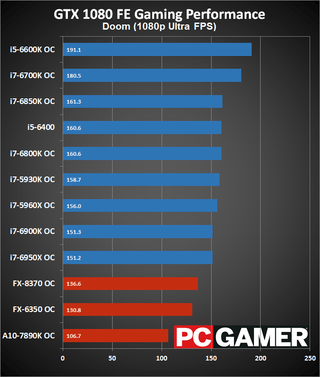
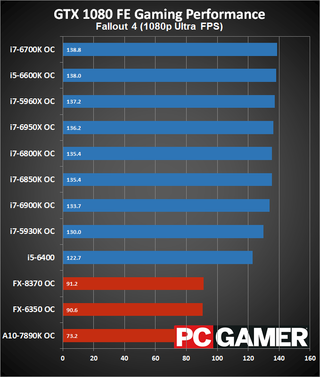
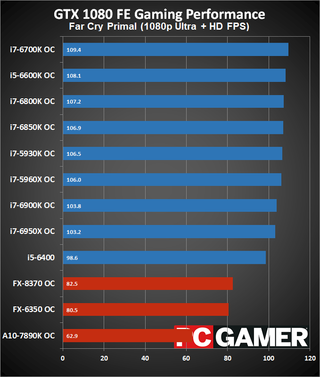
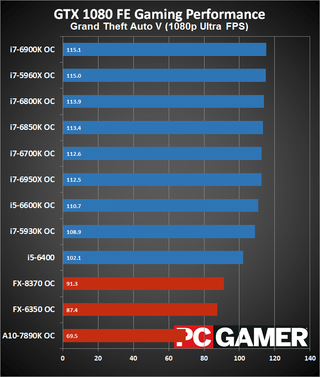
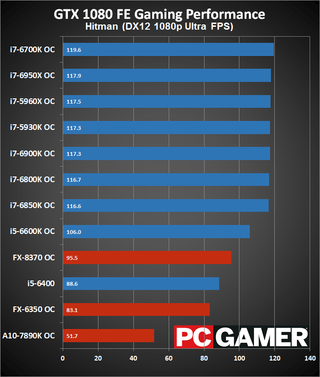
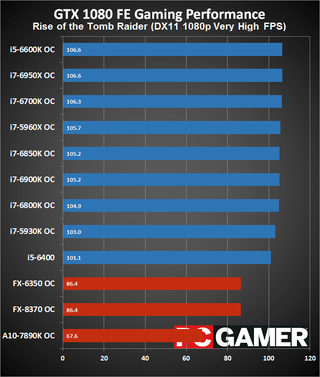
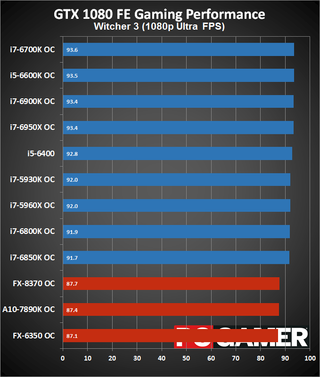
Other than Doom—where Hyper-Threading still hurts performance—and Hitman—where DX12 makes decent use of more than four CPU cores—gaming performance is closer with the overclocked parts than stock, but the overall gains in performance are generally small, particularly on the Intel side. There are a few moderate gains, but outside of the FX-6350, nothing is above the 10 percent mark.
But the key takeaway for gaming is that, despite having fewer cores and significantly lower prices, the Skylake i5-6600K and i7-6700K are able to deliver equal or slightly higher gaming performance than any of the Haswell-E or Broadwell-E parts—at least when tested with a single GPU. I haven't done full testing of SLI or CrossFire performance with BDW-E and HSW-E against Skylake, but I suspect for 2-way SLI/CF the same will hold true (at least on the i7-6700K; the i5-6600K may fall a bit behind).
More cores for enthusiasts
Based on past experience, everyone assumed Intel would at some point release a Broadwell-E processor. But then Broadwell and 14nm got delayed by about a year, and when the chips finally showed up on the desktop, they were almost an afterthought. I haven't personally met a single person (outside of hardware reviewers) who has a desktop Broadwell system, and frankly that's as it should be.
Given the state of desktop Broadwell, an 'enthusiast' Broadwell-E part seemed unlikely. In truth, it may not have happened were it not for one thing: Xeon processors. The enthusiast Broadwell-E parts are simply multiplier unlocked Broadwell-EP chips, and Intel saw enough of a demand that Broadwell-EP was created. These aren't the only server core, however, as Intel also has two other Broadwell-EP die sizes. One supports up to 15 cores, and the other scales to as many as 24 cores (though it was only used in 22-core variants prior to the Xeon E7-8890 v4).
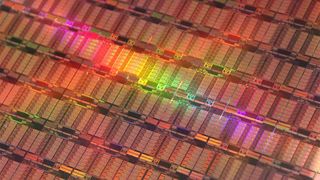
Since Intel had already put in the necessary work to create all of these Xeon chips, it wasn't particularly difficult to repurpose the smallest of the Broadwell-EP chips and sell it as an enthusiast processor. That's fine I suppose, but it's still in something of a weird position, since more cores are available with Xeon if you need them, and higher clock speeds and 'mainstream' performance are available with Skylake if you need that.
The biggest gaming news, reviews and hardware deals
Keep up to date with the most important stories and the best deals, as picked by the PC Gamer team.
Ultimately, Broadwell-E ends up being a bit of an all-in-one solution for high performance 'enthusiast' systems. If you're looking for a killer gaming system, it will more than suffice, and it will also allow you to run complex tasks like video encoding without breaking a sweat. For streamers, that might be somewhat useful, but these days both AMD and Nvidia support video encoding in their graphics hardware, so mostly it's for people that want higher quality encodes.
None of this makes Broadwell-E a bad processor, but the price certainly puts it out of reach for most people. $1723 for the i7-6950X in particular is enough to build a monster gaming rig. For just the price of the CPU, you could pick up a couple GTX 1070 cards, an i7-6700K and mobo, 16GB RAM, and the PSU, case, and storage. For ultra-high-end gaming rigs, that's what I'd recommend, and it's basically what we've used in our current high-end gaming PC build guide.
If you're already running Haswell-E on an X99 motherboard, particularly for gaming use, our advice is to simply sit tight. Our GPU test platform is still using Haswell-E, the i7-5930K (overclocked to 4.2GHz), for example. While the CPU may be a bit of a bottleneck at 1080p, X99 is more likely to be paired with a 4K or 1440p display and multiple video cards, at which point the CPU won't usually hold you back. But if you're running on X99 and you do some seriously heavy computational work where the extra two cores might be useful, by all means, have fun. Otherwise, wait for Skylake-E to arrive sometime in 2017.
Jarred's love of computers dates back to the dark ages when his dad brought home a DOS 2.3 PC and he left his C-64 behind. He eventually built his first custom PC in 1990 with a 286 12MHz, only to discover it was already woefully outdated when Wing Commander was released a few months later. He holds a BS in Computer Science from Brigham Young University and has been working as a tech journalist since 2004, writing for AnandTech, Maximum PC, and PC Gamer. From the first S3 Virge '3D decelerators' to today's GPUs, Jarred keeps up with all the latest graphics trends and is the one to ask about game performance.
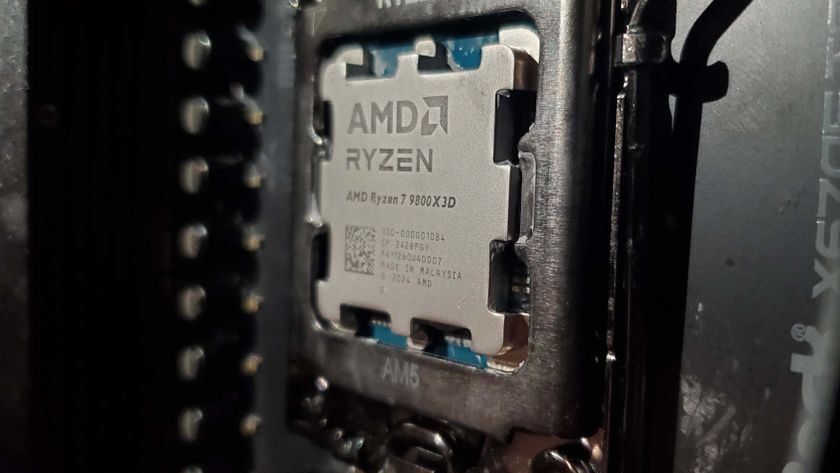
AMD says the problem with Ryzen 7 9800X3D chips failing to boot is down to memory compatibility issues and not actually dead CPUs
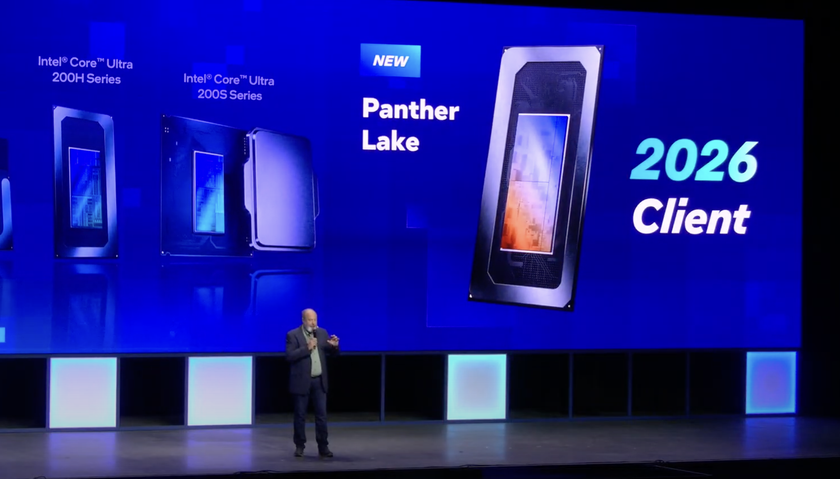
Intel promises its next-gen Pather Lake laptop CPU will have the 'efficiency of Lunar Lake and the performance of Arrow Lake' and is on track for 2026

